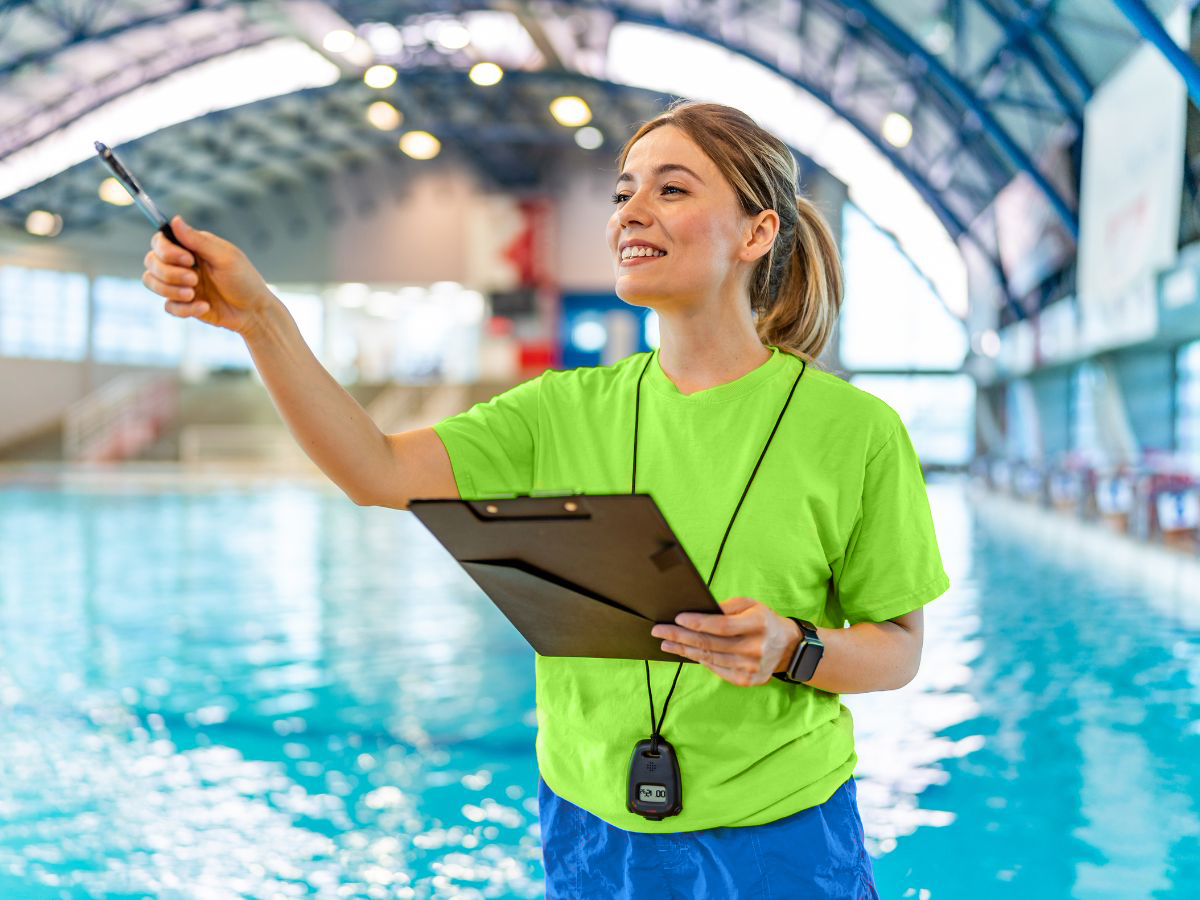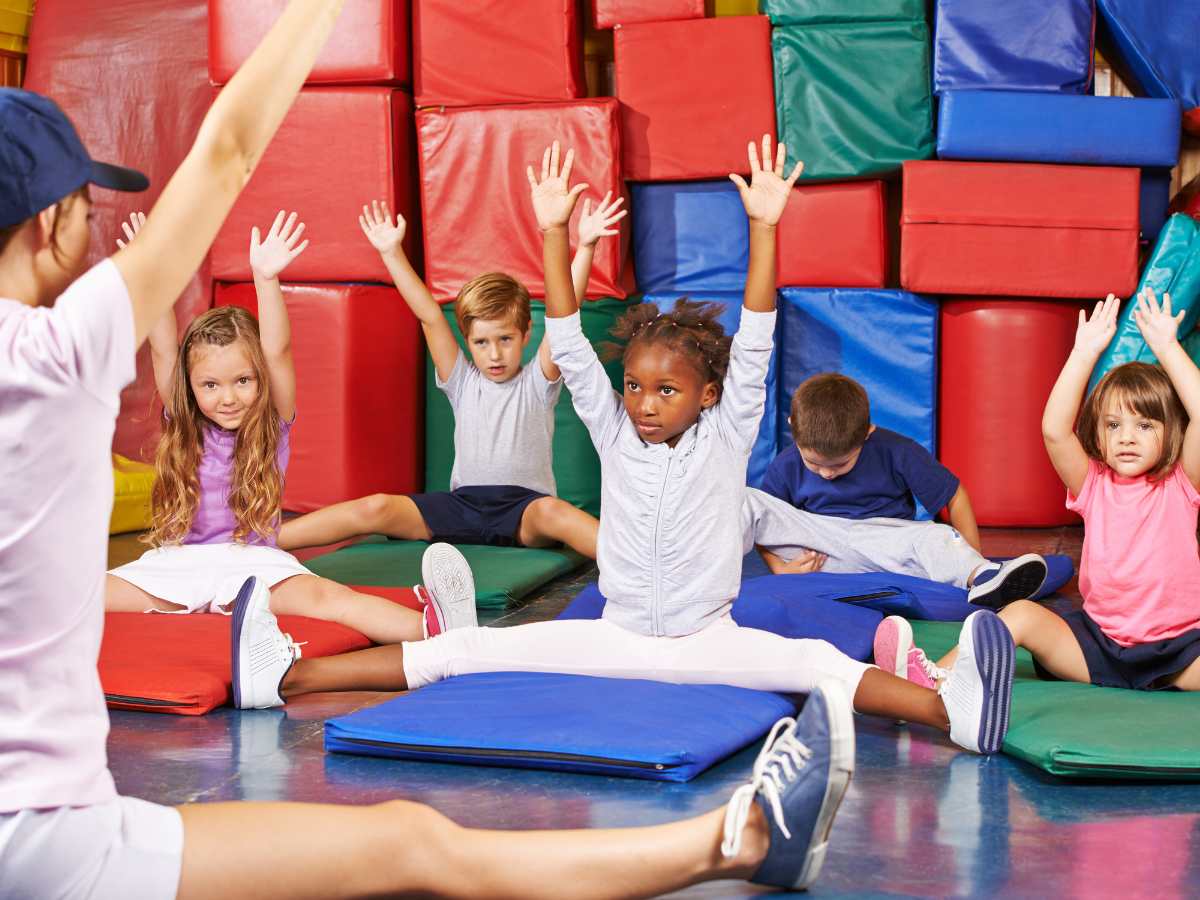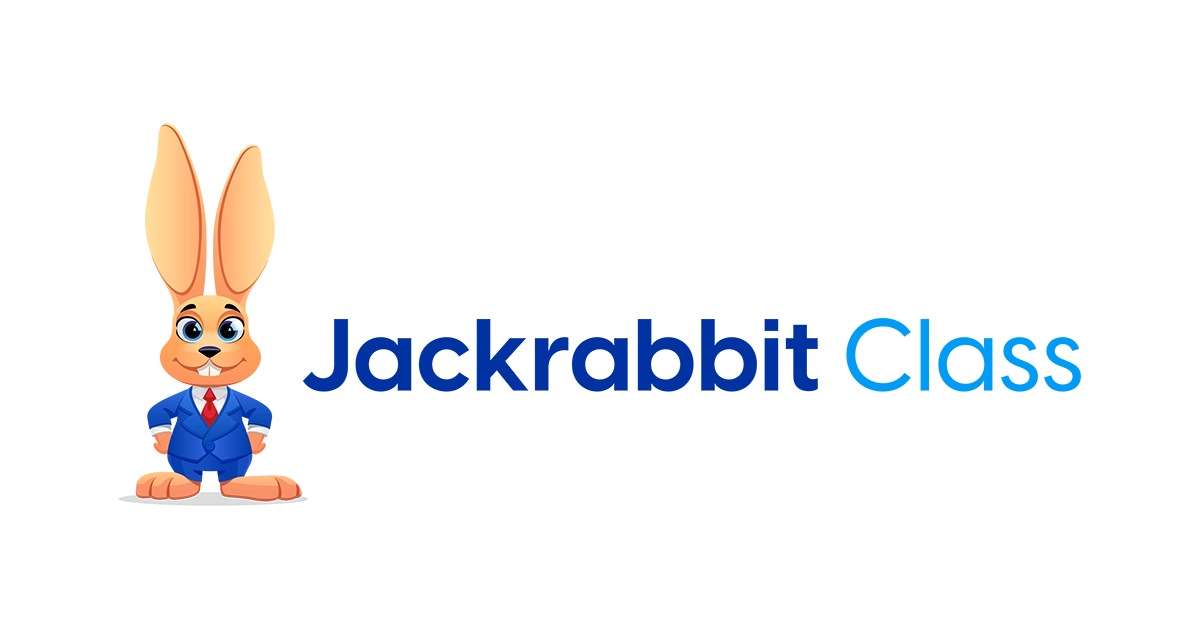One of the most rewarding aspects of working in the youth activity industry is knowing that you’re making a difference in your students’ lives and helping them grow and develop. Whether you’re teaching gymnastics, swimming, cheer or beyond, monitoring a student’s progress is essential for ensuring that they are learning, growing and on track to reach their full potential. Effective monitoring goes beyond simply marking how far a student has come in their lessons, it also allows you to determine where you can help them improve, making you an even better teacher in the process. Let’s explore some of the best ways you can effectively monitor student growth and progress at your youth activity center and start providing them with the best experience possible.
Defining Growth
To accurately measure the success of a student’s work, you’ll need to lay some foundation by first defining what growth looks like in the context of their age, abilities, and the expectations of the class they’re enrolled in. Let’s look at a few ways you can go about this.
Establish Clear Learning Objectives
Before you start monitoring your student progress, it’s important to establish some objectives that students can work towards. Depending on the structure of your youth activity center’s programs, these can be set per class or individual student. For the best results, the objectives you set for students should follow the SMART model. Which is to say, set goals that are:
- Specific
- Measurable
- Achievable
- Relevant
- Time-Based
Supporting Student Growth and Performance
The process of supporting a student and helping them achieve growth is just as important as defining the goals and milestones they’re aiming for. Support goes beyond simply teaching students techniques. To help students achieve measurable change, provide them with a support system that encourages it.
Keep Communication Open
Keeping an open door policy with students and parents or guardians encourages them to talk openly with you about progression, goals and possible areas of concern. Not only can open communication help establish trust between students, parents and yourself, but it can help you learn where a student is struggling and give you the direction you need to help them to overcome that educational hurdle.
Celebrate Achievements
Recognize and celebrate student achievements and milestones along their learning journey. Whether they master a new skill, achieve a new personal best, or overcome a challenge, be sure to acknowledge their accomplishments. Celebrating successes not only boosts students’ confidence but also reinforces their motivation to continue striving for excellence.
Evaluate and Adapt
Finally, one of the best ways to support students is to be mindful of your mentoring methods and adapt them when necessary. Ask for feedback from students, parents and fellow staff members on what seems to be working well, and what could be improved on. Always try to remain willing to adapt and refine your teaching methods to meet the needs of your students.
The Best Ways to Monitor Student Growth and Performance
With goals set and plans to support students achieve them, all that’s left to do is monitor their progress along the way. Here are a few methods to measure their growth and performance and help ensure they’re on track to succeed.
Assessments and Benchmarks
Incorporate regular assessments and benchmarks into your curriculum to help gauge student performance and identify areas that may need improvement. These assessments could include quizzes, tests, skill demonstrations, or even performance evaluations, depending on the programs you offer and your preferred teaching style.
Skill Tracking Systems
Utilizing class management software with features like skill tracking is a fantastic way to streamline the way you monitor student performance. You can create standardized requirements that students must meet to advance to a new class and track their mastery of each skill as they progress. You can even export progress reports and automatically notify parents when their child has accomplished a new skill, bringing in additional family support and excitement as a motivator to keep students learning and growing.
Track Non-Academic Factors
A student’s ability to master a new skill isn’t the only way to measure their overall growth in your program. In addition to their performance, be sure to track non-academic factors that can also contribute to their growth like attendance, attitude and participation levels. Monitoring these aspects in addition to a student’s skills can give you a more comprehensive view of their progression and possibly identify some areas that may be affecting their potential.
Effectively monitoring student growth and performance is essential for maximizing the impact of your youth activity center’s programs. By clearly communicating and defining growth, supporting your students on their journey and monitoring their progress closely, you can ensure that each one walks away feeling confident and supported in what they’ve learned.
Looking to monitor the growth of your youth activity center? Try Jackrabbit Class for free!






